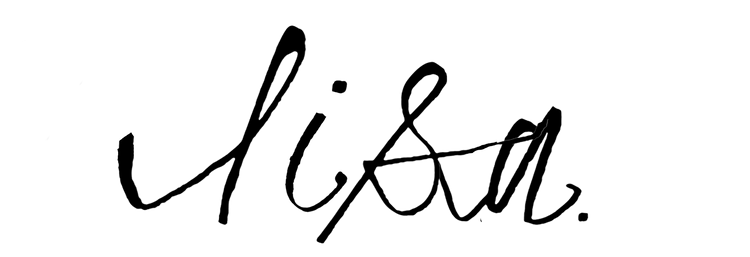We cannot live without fear. Seriously. We wouldn’t last long without our bodies having a major physiological reaction to Michael Myers, Freddie Kruger, and of course Pennywise. The fight or flight reaction pathway that begins in the brain and quickly moves to the body when we experience fear supplies us with the energy and skills to fight for our lives or get the hell out of dodge. The amygdala, the temporal lobe region of the brain most connected to fear, sets forth a set of reactions in response to the emotional salience of our surrounding stimuli, or what stands out to us about our immediate surroundings. The hippocampus and prefrontal cortex interpret the perceived threat as real or not. If we perceive the stimuli as threatening, the amygdala triggers a release of cortisol and other stress hormones and alerts the sympathetic nervous system. This trigger sets off preparations in the body that make us more efficient in the face of danger. Our heart rate rises, pupils dilate, breathing accelerates and non-essential functioning, like digestion, slows. We are ready to run or pull a Jaime Lee Curtis and take on our crazed knife wielding brother in an upstairs closet on Halloween night.
It might be surprising to learn that we receive most of our cue responses to fears from our caregivers. Scientists have discovered that there are only 2 inborn fears. The fear of falling, and a startle response - or a fear reaction to loud and sudden noises. We can see these inborn responses to stimuli in infants as young as 6 months old, who will in most cases hesitate to crawl near something that appears to them to look like a cliff’s edge. We also see a startle response in very young children as well. Crying or screaming at the sound of a sudden car horn, or clenching fists and full body in response to the crashing of a dropped dinner plate, or broken glass. When it comes to fear of rollercoasters, dizzying heights, swimming, and yes, even Michael Myers, we categorize stimuli as fear based or not in accordance to how our caregivers react. Now where it gets fun, is that oftentimes the reaction we are able to perceive as an infant when we are developing these sets of responses are ones that are far less conscious than adults even realize. Mom or dad might have a smile on their face when they step in the ocean or reach the roof of the Empire State Building, but as young ones, we often pick up on the tensed body, strained voice, and complete and utter anxiety and fear that rises in our caregivers no matter how they try to hide their fear, so that we might be unafraid. Now you won;t be surprised to know that fear has a positive end of the spectrum. It wouldn’t be a psychoanalytic talk without one, right? Besides helping us sort out life threatening encounters, fear has another upside. The fight or flight response is so specific and requires such a predetermined set of responses, that it leaves little room for anything else. Ever wonder why people enjoy a good old fashioned horror movie or a rollercoaster? It’s simply because the mind and body cannot be consumed by any other response that fight or flight. Now that’s not everyone. The balance between the fear in the animal brain and the contextual brain’s sense of control has to be just right to turn fear into thrill. Some of us can’t push past the initial fear to get to the other side, but the best news is, that if you do, the lasting effects of that fear turned to thrill are long lasting. This is the exact reason why I love rollercoasters. They scare me a little. Just a little, but not enough. I get such a huge rush of flight or flight hormones and nervous system response on the thrill and fun side of the spectrum, that the feeling will last me throughout the day. If not longer. For me the recipe for happiness is just add rollercoaster. Interesting that happiness can come from fear. Now the above explanation of fear is largely behavioral. Things impacting us and creating a response from the outside. In contrast, psychoanalysis would say that fear arises from the inside, internal conflicts. So with Michael Myers, Freddie Kruger, et al., it’s not so much that we are afraid of them persay, it is that we are unable to face our own unconscious destructive desires, and we fear we may act upon them. Our fear response stems from being unable to reconcile these desires we have ourselves. There’s a little unconscious envy mixed in there too. This annihilation fantasy usually comes back to some kind of destructive fantasy against the parent. Often the action is displayed as a need to protect them, because in reality our unconscious wants to destroy them. It’s deep, I know! And the makings of a truly inspired horror movie all on its own. There’s a lot to unpack there, probably a 4 part episodic mini series, but for now, let’s find humor in the conflict in theory between the outside and the inside. It’s hilarious to me that something that gets in the way for us so often and impacts us so greatly would be as complex as an internal struggle with our own destructive fantasies to something as simple as a startle response to the sound of screeching brakes. Psychology is 100% hilarious.
For more on fear, listen to JOY IS NOW Episode 10 with Caitlin Parker

Leave a comment